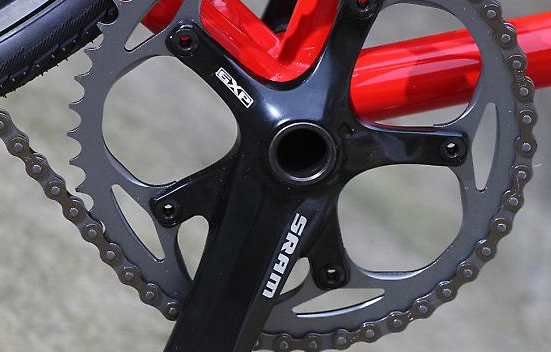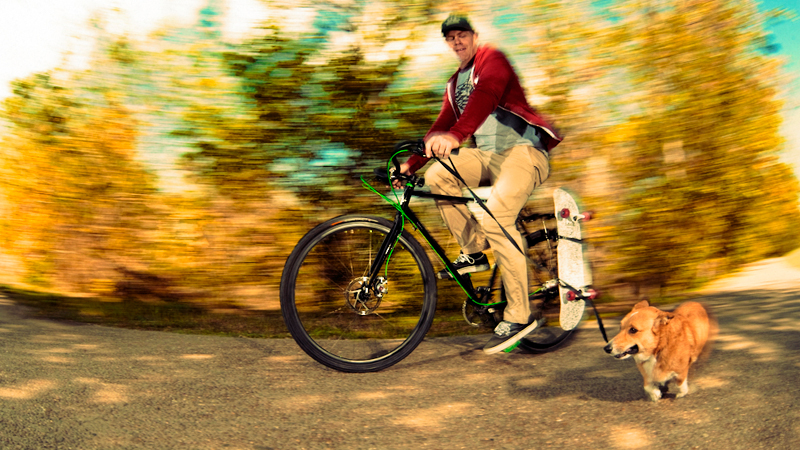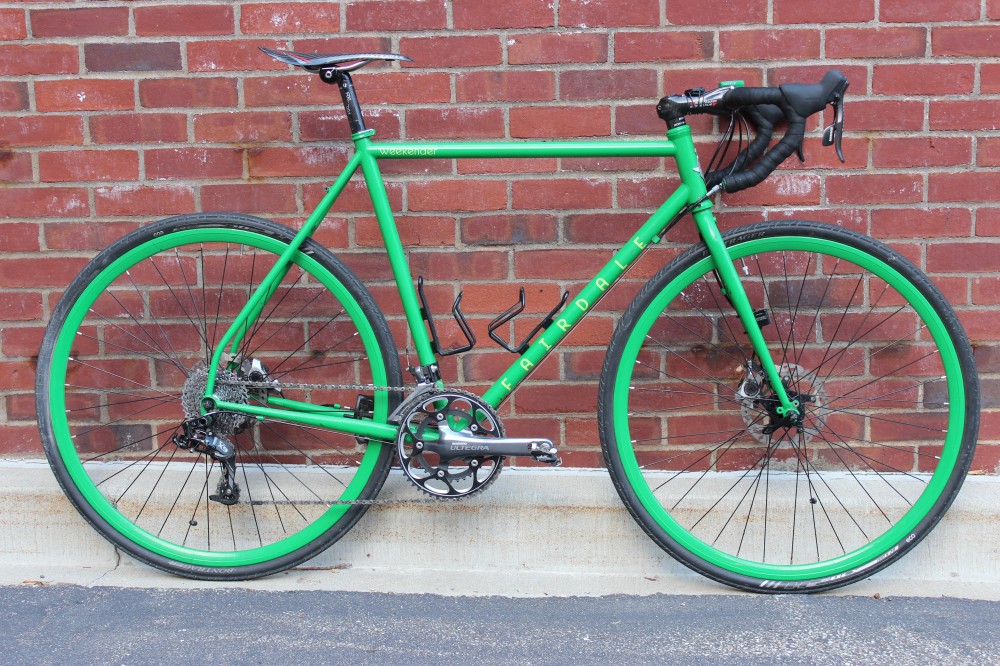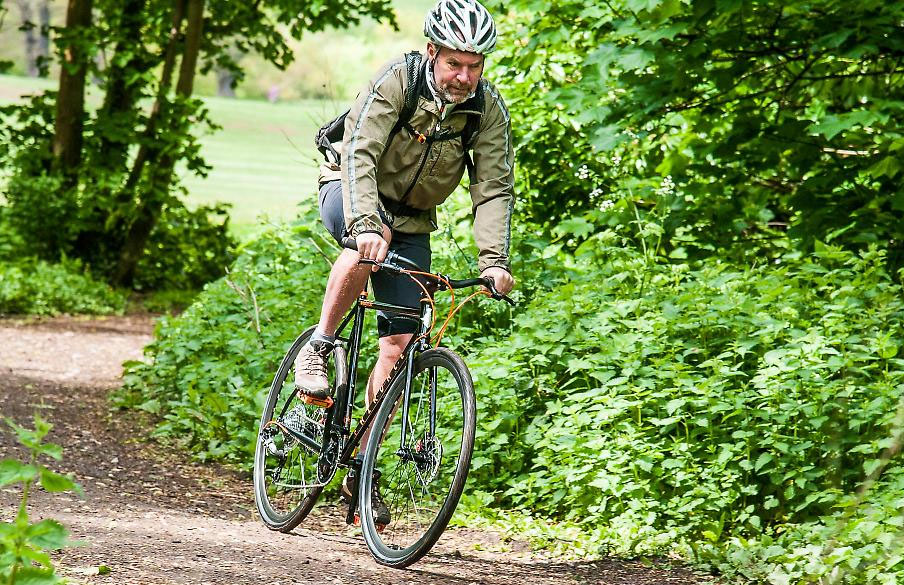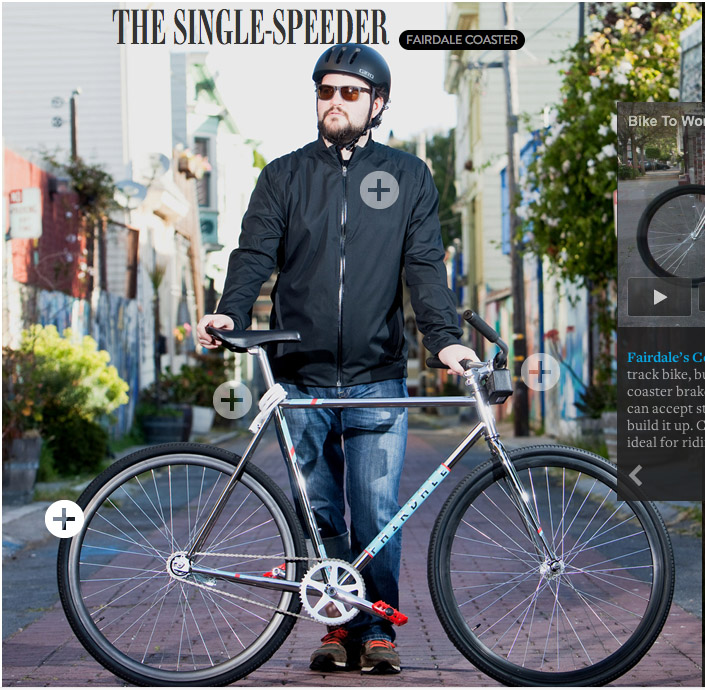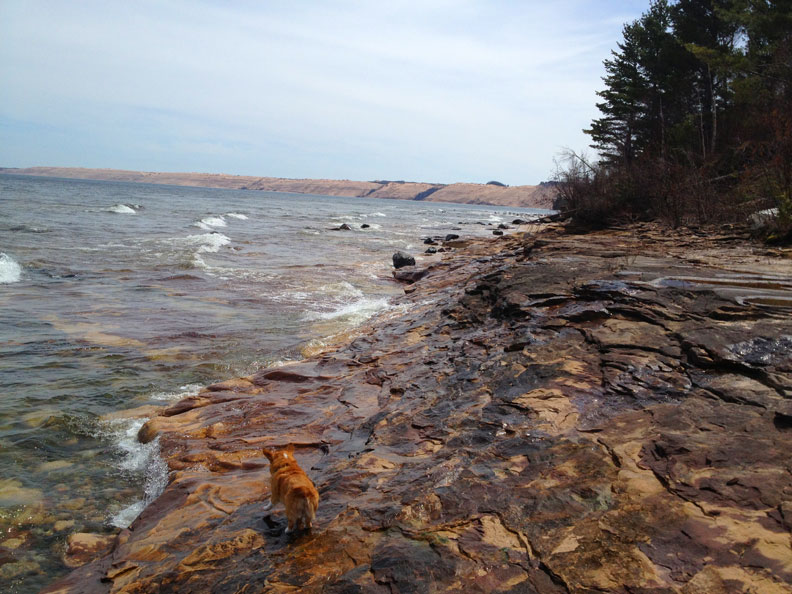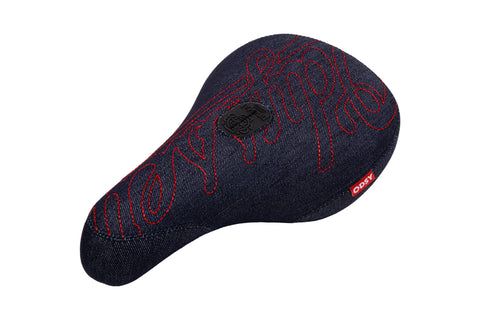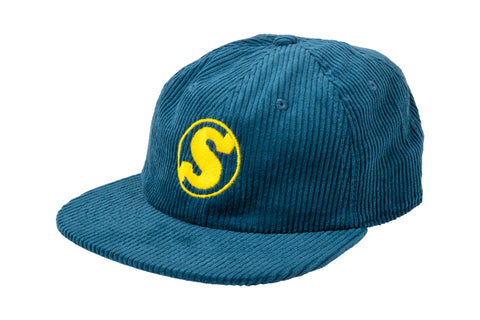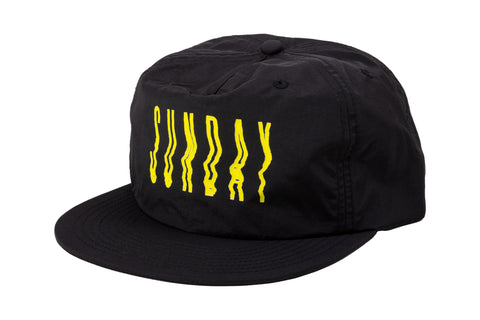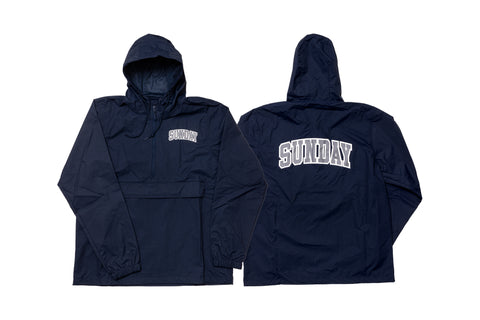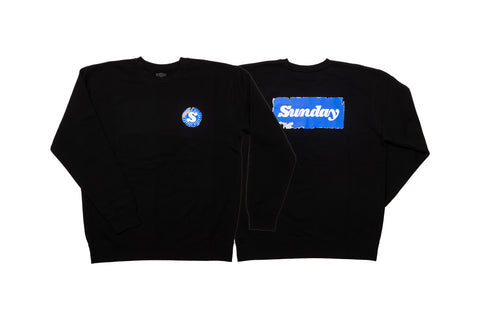
One of the easiest ways to keep your bike feeling new and fast is often overlooked by new riders. I can’t tell you how many times I’ve seen someone riding by the Fairdale office working extra hard because their tires are woefully underinflated. Having the right air pressure will keep you rolling more efficiently and help prevent flat tires. Team rider and expert mechanic Leif Valin wrote up a little primer on tire health. A good daily (or every few days) habit is airing up your tires. This will allow you to ride like the wind (there’s wind in your tires and tubes already, or at least there should be). It’s also a good time to check the state of your tires and tubes with an air pressure gauge and some visual inspection. Too low of pressure and you will get a pinch flat when you encounter a bump, pothole, or passed out hobo`s shopping cart. Look at the sidewall of your tire for the recommended tire pressure range (PSI). Check out the tread too. With a small flat blade screwdriver remove any pieces of metal, thorns, rocks, or glass that might be stuck in the tire and could eventually cause a flat. A good bicycle floor pump with PSI gauge and auto adjusting valve head is a good investment for any bicyclist (that’s a pump that will fit both kinds of valves you will find on bicycles). I air my tires up every couple days or before a long ride. Rubber is porous so over a span of time even if there is no puncture in the tire or tube they will lose air and eventually go flat. If you haven’t rode your bike in months and your tires were fine on your last ride but flat when you go to the shed they probably just need to be aired up. I know it doesn’t make sense that your tires will go flat even if they don’t have a leak, but it happens! This happens quicker on smaller volume higher pressure tires I.E. 700c road bike type tires. You could lose 20-30 psi over the course of a few days with a smaller diameter 700c x 23 tire, much faster than you would typically with a fatter 26in x 1.95 tire. The difference being pressure and volume, the 700c x 23 tire may have a PSI of 100lbs with a small volume of air. It’s under a pressure likened to working in a cubicle call center for Innotech = HIGH STRESS and HIGH PRESSURE! On the other hand the 26in x 1.95 has say 50 PSI and 5 times the volume, it’s not under the same stress and will lose air slower. Think of it’s pressure level like that of a hippy gardener that makes his own hours and grows free range mushrooms. When it comes time to add some air to your tires you’ll need to identify which type of valve you have. There’s pretty much only two […]
More at FairdaleBikes.com





